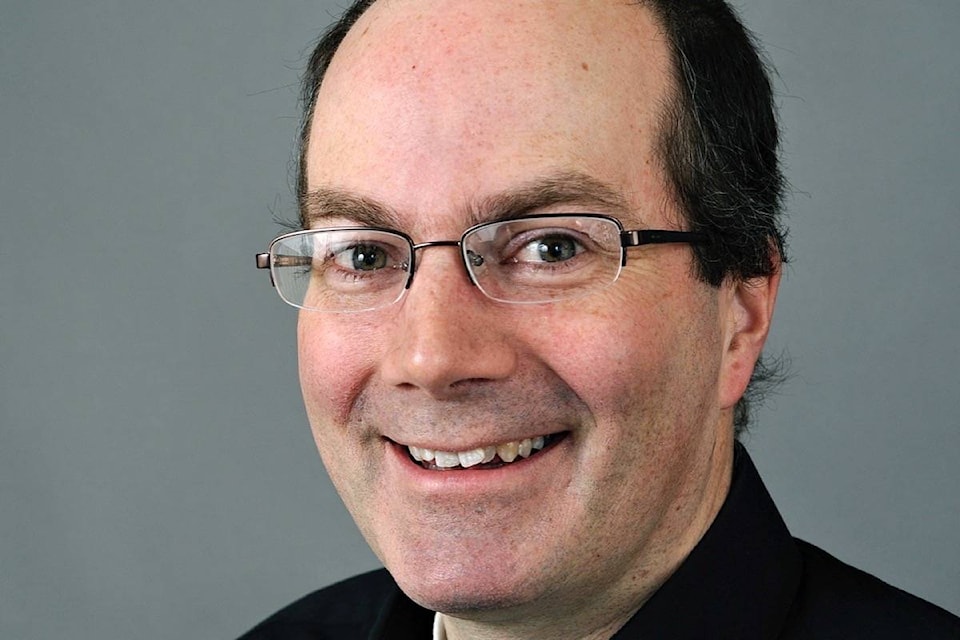At the time, it can be hard to tell the difference between a persevering visionary and a reincarnated Don Quixote.
In 1887, Captain William Moore was passing the place we now know as Skagway. Legend says he immediately spotted its potential as a port providing access to the Yukon interior. He obtained rights to 160 acres at the mouth of the Skagway River, built a sawmill and wharf, and started calling it “Mooresville.”
His son was with him, so Mooresville’s population was at least two.
He spent the next decade waiting for the boom to come, passing the time writing letters to Ottawa and Washington telling them they should get with the program and start building a wagon road north to the future.
They probably thought of Don Quixote and windmills, and ignored his letters.
Then the Klondike Gold Rush proved Captain Moore right.
Was he a crank who got lucky, or a far-seeing visionary, or both?
Captain Moore crossed my mind as I read an interview in Maclean’s, a Toronto newsmagazine, with NWT Premier Bob McLeod.
For the last couple of years, he has been criss-crossing the country talking about how Canada could live up to its self-image as a Northern nation by getting serious about economic development North of 60. This includes convincing the many federal agencies with regulatory powers over the North to consider the impact of their decisions on our economic future.
For me, having a northern leader talk about economic development in a big way is as natural as a hockey coach of a losing team shouting “backcheck, forecheck, paycheque!” over the boards. It’s part of the job.
But, as I read the interview, a couple of things struck me.
First of all, the ambitious details of his proposals were probably completely new to Maclean’s readers. Southern Canadians don’t spend a lot of time thinking about the North.
It was actually some trouble finding a recent survey covering southern Canadian attitudes to the North, a fact which in itself is noteworthy. But I found a 2015 Gordon Foundation/EKOS Arctic Public Opinion Survey. It asked 2,042 Canadians to name, unprompted, the top issues facing the country.
Nothing about the North cracked the three per cent threshold to get mentioned in the report.
So Maclean’s readers got their money’s worth as McLeod went on about the need for a 10-year Arctic plan, a special economic development zone in the North, new infrastructure including three deep-water ports, several icebreakers, a military base with 5,000 personnel in Inuvik and search-and-rescue planes based a bit closer than Comox, B.C. or Trenton, Ontario.
He was refreshingly frank on oil and gas. “When people hear of climate change, the first thing they say is, ‘shut everything down in the North.’ And yet everyone else has oil and gas development going on.”
He thinks there should be a Canada-wide rotation program for the public service, so Ottawa officials will have spent a bit of time here before inflicting their decisions on us. He also wants a “northern immigration policy” with the objective of boosting the North’s population by a million people by 2050. He also advocated for a Northern university, with environmental programs on one of those icebreakers.
Second, McLeod is showing perseverance. I first wrote about his campaign a year and a half ago. He still has a few years to go to match Captain Moore, but this is no ten-day speaking tour to look good on the resume and rack up a few airline miles.
In his interview, he spoke about the “mythical” view most Canadians have of the Arctic — “a beautiful, clean place where nobody lives.”
Third, the interview was just with Premier McLeod. If the premiers of Nunavut and the Yukon have been out trying to make waves and influence the other 37 million Canadians about economic development in the North, Maclean’s doesn’t seem to have heard of it. McLeod was by himself on the foray that caught the attention of Maclean’s. He was a keynote speaker, along with the ex-president of Iceland and the lieutenant governor of Alaska, at the 6th Annual Arctic Encounter Symposium.
His next move is hosting a conference called “Toward a Plan: Strengthening Canada’s Position in the Arctic” with the Institute for 21st Century Questions at the University of Toronto in July.
It can’t be easy to do the rounds of southern Canadian media outlets all by yourself to push back on that “mythical” image with the message that the North is a real place where real people live, work and try to build sustainable communities.
For those first ten years, Captain Moore didn’t know if he would end up being right. Or that he would be so right. When the gold rush finally hit Skagway, thousands of stampeders trampled Mooresville, ignored his property rights, renamed the town and laid out new streets that actually required Moore’s house to be dragged out of the way.
Someday, I hope the history books tell us that McLeod was a visionary ahead of his time and not another Don Quixote. If he’s right, fortunately for him, those million immigrants probably won’t all arrive at once like the stampeders at Mooresville.
Keith Halliday is a Yukon economist and author of the MacBride Museum’s Aurore of the Yukon series of historical children’s adventure novels. He is a Ma Murray award-winner for best columnist and received the bronze for Outstanding Columnist in the 2019 Canadian Community Newspaper Awards.
